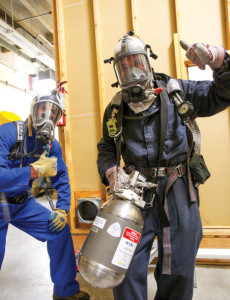
Michael Tomlinson (left) and Angel Abbud-Madrid complete the final test of the water-mist fire extinguisher at Mines. (Credit: Angel Abbud-Madrid)
For decades, portable fire extinguishers (PFE) have dispensed halon or carbon dioxide (CO2), agents that were effective, yet presented certain risks. A team of Mines faculty and students have perfected a new alternative—an innovative water-mist PFE—and it’s revolutionizing NASA’s ability to protect astronauts and equipment in the sensitive, closed environment of the International Space Station (ISS).
Admittedly, water isn’t a new fire suppression agent. In fact, it’s one of the world’s oldest. But for many years, water has been eschewed in favor of the chemical compound halon and, more recently, CO2. Despite their efficacy, these suppressants come with significant drawbacks: halon damages the ozone layer, and carbon dioxide depletes the oxygen supply—a particular concern in enclosed spaces such as the ISS. When Mines’ Center for Space Resources director Angel Abbud-Madrid and his team began looking for alternative suppression agents in 1997, water emerged as a strong contender.
“Water mist offers many advantages in fighting fires, particularly in enclosed spaces,” says Abbud-Madrid. “It’s easily obtainable, causes less water damage than conventional sprinklers, and it is safe for people and the environment.” When water gets to the fire, he explains, it evaporates, thereby robbing the area of heat. And as it evaporates, it also expands, depriving the fire of the oxygen it needs to grow while at the same time cooling neighboring surfaces. Water also acts as a cleaning agent, washing away soot particles created by the fire that can be particularly harmful to computers and other electronic equipment.
Selecting water as their agent of choice was the team’s first step, and, as it turned out, also the easiest. Abbud-Madrid and fellow faculty Thomas McKinnon, Edward Riedel, and Robert Kee—together with a cadre of two post-docs, four PhD students, 10 students, and scientists from ADA Technologies—have spent the last two decades determining the most efficient and effective way to make water work.
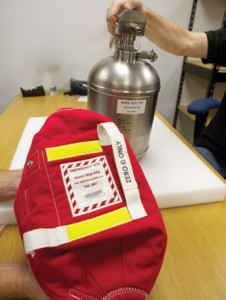
Water-mist portable fire extinguisher inspected before launch at NASA Johnson Space Center. (Credit: Angel Abbud-Madrid)
Over the years, they have executed countless tests on land and in space, learning things like the optimal water droplet size required to get to the core of a fire in a zerogravity environment, as well as the delivery mechanism most capable of withstanding launch loads, operating in multiple orientations, and holding pressure in space for up to 15 years. One of their experiments was aboard the ill-fated Columbia shuttle that disintegrated on re-entry in February 2003.
The end product of these studies was a water-mist fire extinguisher that expels water droplets measuring just 20-30 microns each—less than 30 percent the width of a human hair. The new PFE generates a potent mist that extinguishes fires as effectively as traditional agents such as halon and CO2.
On December 6, 2015, the team sent their first two water-mist PFEs to the ISS. Seven more will follow in the months ahead, and in September 2016, Abbud-Madrid will travel to Vienna to share his team’s findings at the 16th International Water Mist Association conference.
“Water mist technology is more advanced in Europe than it is here in the United States,” he says. “It’s already being used in libraries, museums, computer rooms, and hospitals across Europe, as well as at our own National Gallery of Art in Washington, D.C.” Abbud-Madrid believes that over time, water-mist systems will become increasingly common, and he hopes that the work he and his colleagues have done will promote the technology’s spread.
The journey has been long, Abbud-Madrid concedes, but well worth it. “After the Columbia disaster in 2003, we dedicated our efforts to honoring the legacy of those who lost their lives conducting research for us and others. It’s gratifying to see their work, and ours, come to fruition.”

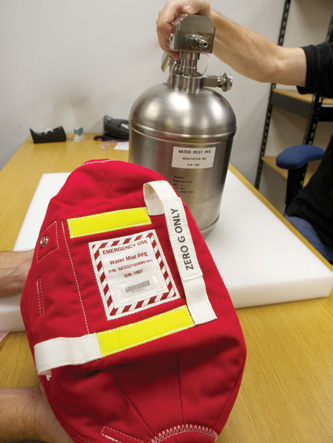
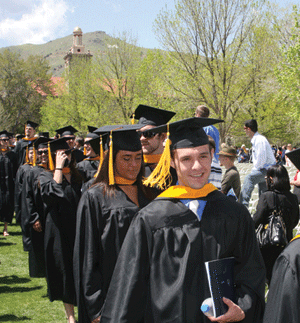
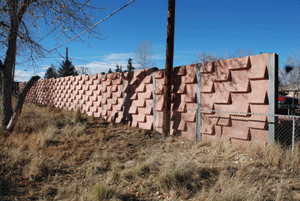
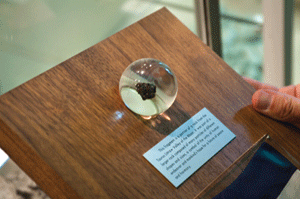


It was truly a privilege to write about this innovative technology and the dedicated team that brought it to life.